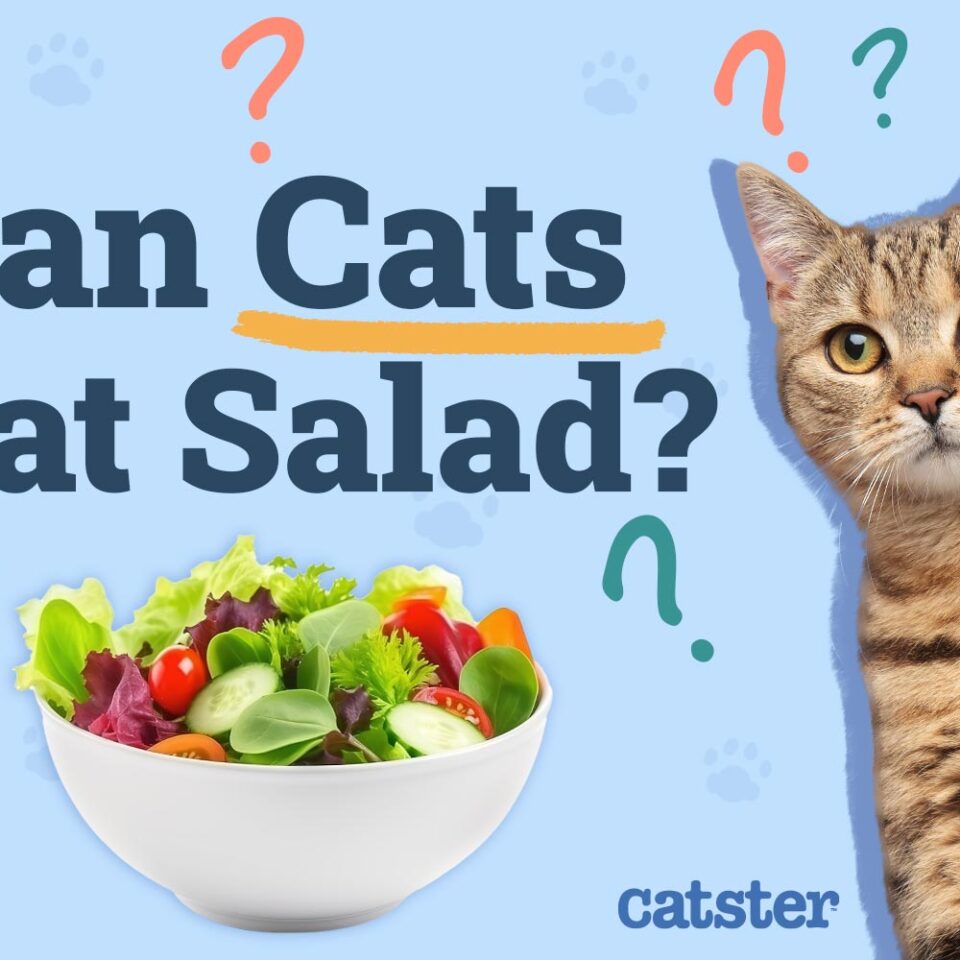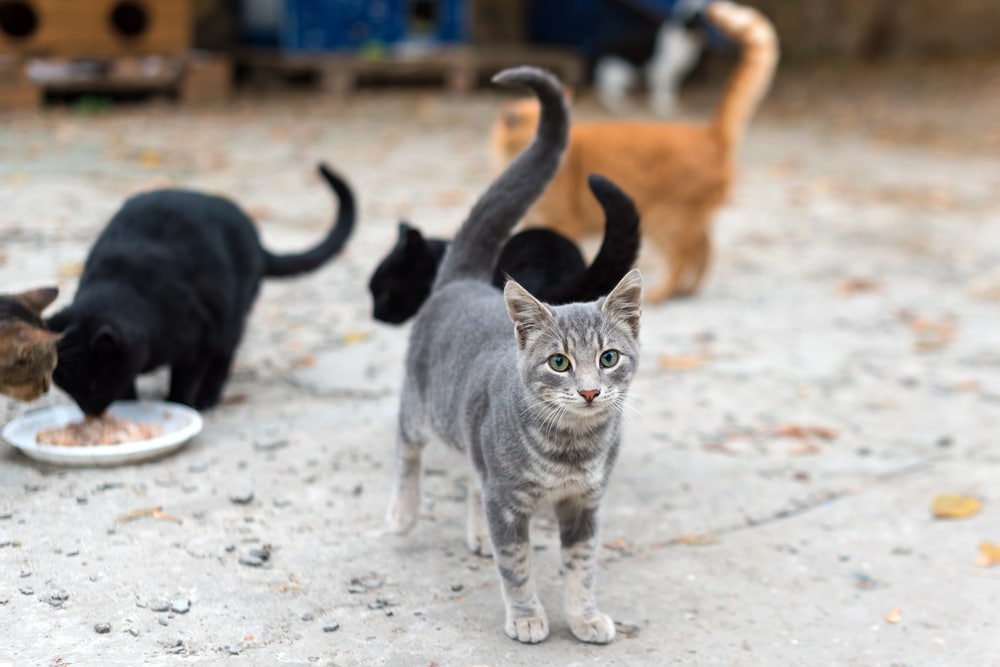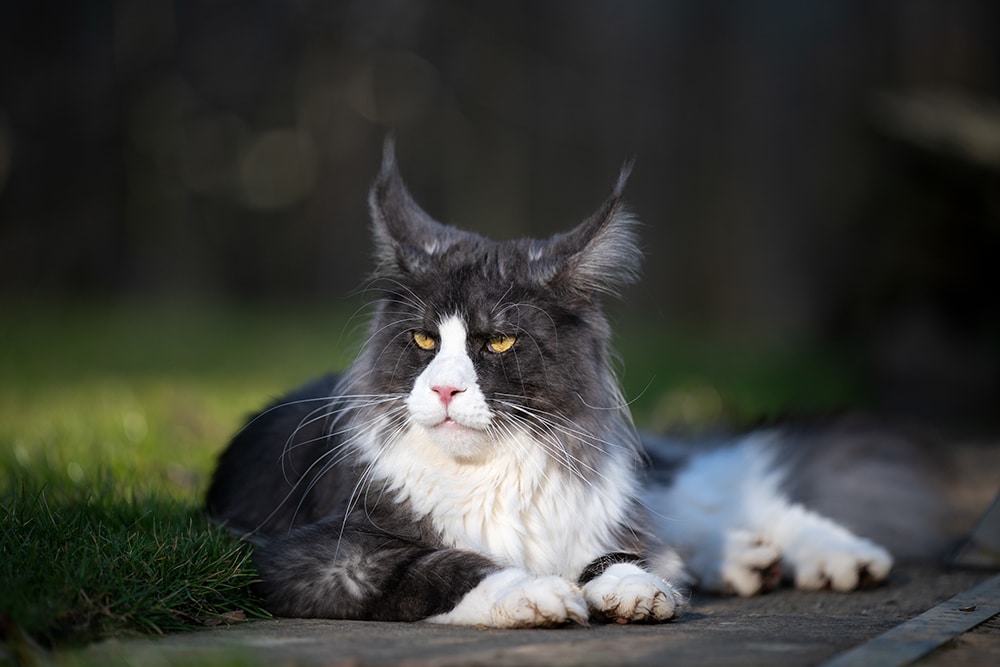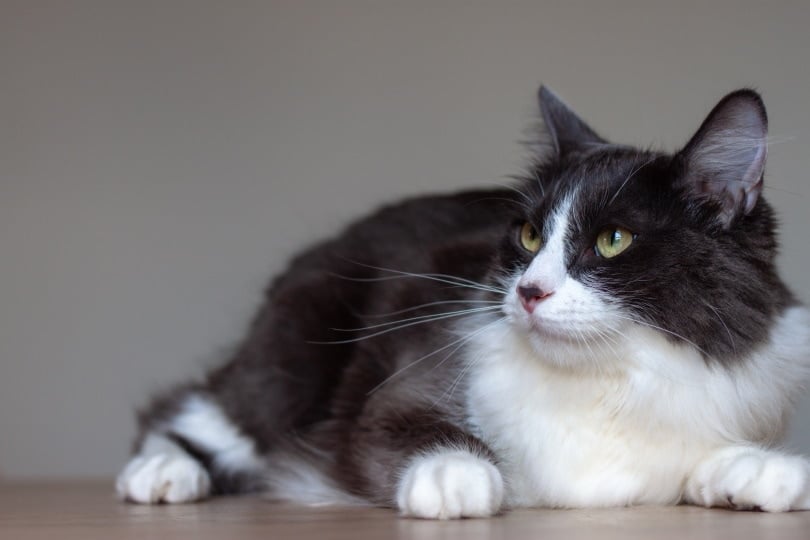Who would’ve thought your meat-loving cat might enjoy a nibble of greens? It turns out, a little leafy treat could be on the menu for your furry friend!
Cats are obligate carnivores, meaning their diet is primarily based on meat and animal proteins. Still, some cats find the occasional nibble of leafy greens appealing. That’s right—your cat might enjoy a taste of salad, but it’s crucial to keep it simple. A classic Caesar or Cobb salad isn’t the way to go, as dressings and extra ingredients could be harmful. Instead, offering a plain leaf here and there could provide some unexpected benefits.
Lettuce, for instance, is not only a low-calorie snack but also packed with nutrients. Potassium in some varieties can help regulate blood pressure, folate aids in producing red blood cells, and vitamins like C and K boost the immune system and help with blood clotting. While vitamin A is great for growth and vision, too much can lead to vitamin A toxicosis, so moderation is key. Lettuce is also a good source of fiber, helping with digestion, and offers hydration, which is particularly beneficial for those kitties favoring dry kibble.
However, while greens such as lettuce can be a fun treat, they should not replace your cat’s usual meat-based diet. Excessive amounts can lead to diarrhea and dehydration. To keep things safe and healthy, wash the lettuce thoroughly to remove any harmful chemicals before offering it to your kitty.
Variety is the spice of life, even for cats. Different types of lettuce provide different textures and nutrients. Iceberg lettuce, for example, is crunchy but carries a high water content that might cause diarrhea if overindulged in. Meanwhile, romaine, with its vitamins and crunchiness, or buttery buttercrunch leaves, might be preferred.
Other salad greens like spinach are also an option, offering more nutrition than iceberg. However, steer clear if your cat has kidney issues. Bell peppers, catnip, and other herbs can add some interest too, but remember to observe your cat’s reaction and adjust accordingly.
When introducing salad to your cat’s diet, a few tips can make the experience better. Start by thoroughly washing the greens to avoid pesticide ingestion, and cut the lettuce into small pieces to prevent choking hazards. Every kitty is different, so a bit of experimentation with different lettuce varieties might be necessary.
Let your cat indulge in a little salad adventure, but remember to keep it occasional and observe their reactions. Salad isn’t a staple for our feline friends, but with careful selection and moderation, it can be a delightful snack. Happy nibbling!










